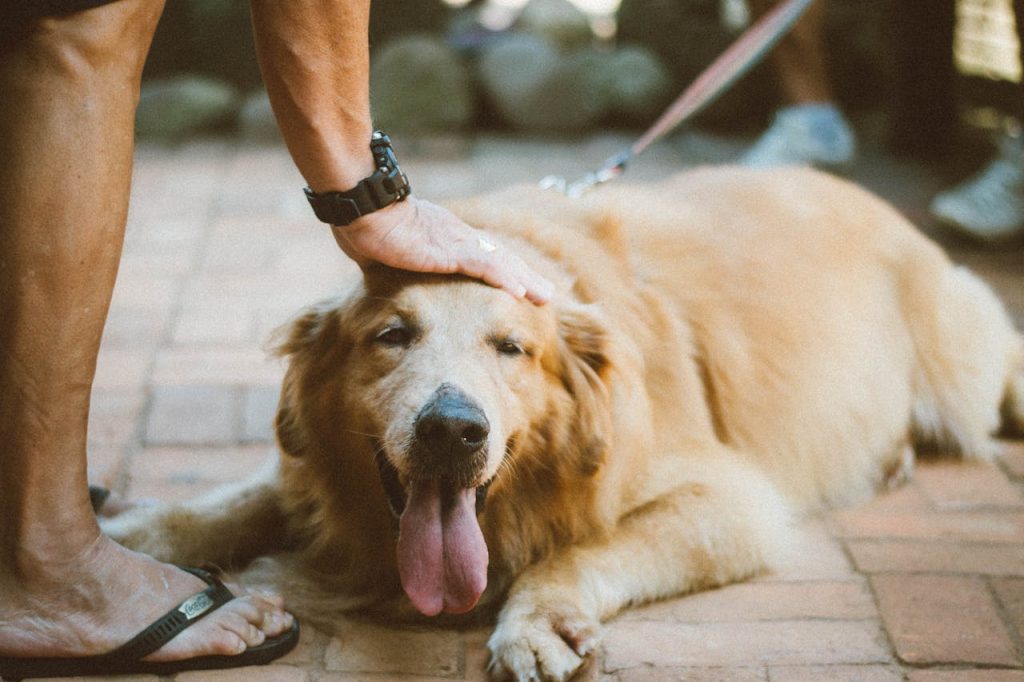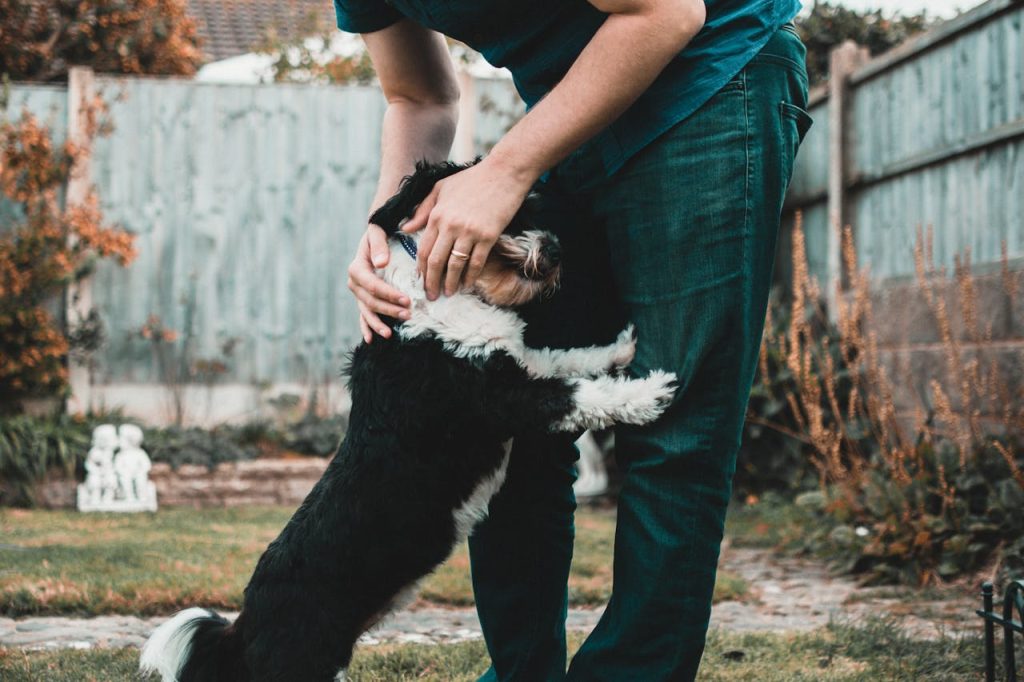Water chestnuts are aquatic vegetables from the sedge family, known for their crunchy texture and mild, sweet flavor. They are low in calories and high in fiber. When feeding dogs, ensure water chestnuts are cooked and chopped to prevent choking, offering a nutritious, hydrating snack.
In this post, we’ll see whether you can feed your dog water chestnuts, what are their benefits, harmful effects and most importantly, things to know (facts) about water chestnuts. Additionally, we would also take a look at the nutritional value and the proper way to feed dogs, water chestnuts. Finally, we will answer the most important questions about this topic and share the final verdict.
But, firstly – let’s see, can dogs eat water chestnuts?

Table of Contents
ToggleCan Dogs Eat Water Chestnuts Safely?
Yes. Dogs can eat water chestnuts safely in small quantities, about 1-2 pieces per serving. Ensure they are cooked, plain, and chopped to avoid choking. Water chestnuts are low in calories and high in fiber, aiding digestion. They provide a crunchy, hydrating snack that can promote healthy bowel movements in dogs.
Benefits of Feeding Your Dog Water Chestnuts (3 Benefits)
Water chestnuts are beneficial to dogs. Here is a list of three benefits of water chestnuts for dogs:
- Rich in Fiber: Water chestnuts are high in dietary fiber, which helps regulate digestion and maintain healthy bowel movements, reducing the risk of constipation in dogs.
- Low in Calories: With low calorie content, water chestnuts are an excellent treat for dogs that need to manage their weight, offering a satisfying crunch without contributing to weight gain.
- Hydration Support: Composed of about 74% water, water chestnuts can help keep dogs hydrated, especially during hot weather or after physical activity, supporting overall health.
Harmful Effects of Feeding Your Dog Water Chestnuts (3 Harms)
Water chestnuts can be harmful to dogs. Here is a list of three potential harmful effects of water chestnuts for dogs:
- Choking Hazard: Whole or large pieces of water chestnuts can pose a choking risk, especially for small dogs. Always chop them into bite-sized pieces before feeding.
- Digestive Upset: Some dogs may experience digestive upset, such as gas or diarrhea, if they consume too many water chestnuts or are not accustomed to them.
- Allergic Reactions: Although rare, some dogs might be allergic to water chestnuts, leading to symptoms like itching, swelling, or gastrointestinal distress. Always introduce new foods gradually and monitor for reactions.
Things to Know About (Facts) about Water Chestnuts
In this section, we will discuss some facts and things to know about water chestnuts.
| Attribute | Description |
|---|---|
| Scientific Name | Eleocharis dulcis, a species of aquatic vegetable commonly used in Asian cuisine. |
| Texture | Crisp and crunchy, even after cooking, making them a popular ingredient for adding texture to dishes. |
| Flavor | Mild and slightly sweet, allowing them to blend well with a variety of flavors in culinary dishes. |
| Color | Typically brown on the outside with a white, starchy interior. |
| Water Content | Composed of approximately 74% water, contributing to their hydrating properties. |
| Nutrient Profile | Low in calories and fat, high in dietary fiber, and a good source of potassium and vitamin B6. |
| Origin | Native to Southeast Asia, water chestnuts grow in marshes, ponds, and shallow lakes. |
| Culinary Use | Used in stir-fries, salads, and desserts for their crunchy texture and subtle flavor. |
Nutritional Value of Water Chestnuts
In this section, we will discuss the nutritional value of water chestnuts.
| Nutrient | Value | Units |
|---|---|---|
| Calories | 97 | kcal |
| Total Fat | 0.1 | g |
| Saturated Fat | 0.0 | g |
| Cholesterol | 0 | mg |
| Sodium | 14 | mg |
| Total Carbohydrates | 23.9 | g |
| Dietary Fiber | 3.0 | g |
| Sugars | 4.8 | g |
| Protein | 1.4 | g |
| Calcium | 11 | mg |
| Iron | 0.1 | mg |
| Potassium | 584 | mg |
| Vitamin C | 4.0 | mg |
| Vitamin B6 | 0.3 | mg |
| Magnesium | 22 | mg |
How to Feed Dogs Water Chestnuts?
Here we will explain in three proper steps how to properly feed your dog water chestnuts.
Steps to Feed Your Dog Water Chestnuts:
- Select Fresh Water Chestnuts: Choose fresh or canned water chestnuts without added salt or preservatives. Rinse them thoroughly if using canned.
- Prepare the Water Chestnuts: Cook the water chestnuts by steaming or boiling to soften them. Chop them into small, bite-sized pieces to prevent choking.
- Serve in Moderation: Offer a few small pieces as a treat or mix them with your dog’s regular food. Start with a small amount to see how your dog reacts.
Things to Take Care of (Precautions) Before Feeding Your Dog Water Chestnuts:
- Check for Allergies: Introduce water chestnuts gradually to monitor for any allergic reactions.
- Avoid Raw Pieces: Raw water chestnuts can be tough and pose a choking hazard; always cook them first.
- Limit Quantity: Serve in moderation to avoid digestive upset.
- Observe Your Dog: Watch for any signs of discomfort or adverse reactions after feeding. If your dog experiences any issues, discontinue use and consult a veterinarian.

Can Dogs Eat Alternative Forms of Water Chestnuts?
In this section, we will discuss if dogs can eat alternative forms of water chestnuts such as water chestnut flour, cooked water chestnuts and more.
Can Dogs Eat Raw Water Chestnuts?
Yes. Dogs can eat raw water chestnuts in small amounts. Ensure they are chopped into small pieces to prevent choking. Raw water chestnuts are crunchy and hydrating, providing fiber and potassium, which aid digestion and support overall health.
Can Dogs Eat Cooked Water Chestnuts?
Yes. Dogs can eat cooked water chestnuts, which are easier to digest. Offer a few small pieces, ensuring they are plain and unsalted. Cooking enhances digestibility while retaining nutrients like fiber and potassium, benefiting digestion and hydration.
Can Dogs Eat Canned Water Chestnuts?
It depends. Dogs can eat canned water chestnuts if they are unsalted and rinsed thoroughly to remove preservatives. Provide small amounts as a treat. They are rich in fiber and low in calories, aiding digestion without adding excess fat or sodium.
Can Dogs Eat Water Chestnut Flour?
No. Dogs should not eat water chestnut flour. It is not commonly used in dog diets and may contain additives or be difficult to digest. While not toxic, it lacks nutritional benefits and could cause digestive upset if consumed in large quantities.
What are the Nuts and Seeds other than Water Chestnuts that Dogs Can Eat?
Here is a list of other nuts that your dog can eat:
- Almonds
- Cashews
- Peanuts (unsalted)
- Hazelnuts
- Pecans
- Walnuts
Frequently Asked Questions (FAQs)
In this section, we will discuss some frequently asked questions regarding water chestnuts and feeding them to dogs.
What nutrients do water chestnuts provide for dogs?
Water chestnuts are low in calories and rich in fiber, potassium, and vitamin B6. These nutrients support digestive health and hydration. Unlike other starchy vegetables, they offer a crunchy texture and mild flavor, making them a healthy, occasional treat for dogs when prepared properly.
Can dogs with diabetes eat water chestnuts?
Yes, dogs with diabetes can eat water chestnuts in moderation. They are low in calories and sugar, making them a safe treat option. However, always consult your veterinarian before introducing new foods to a diabetic dog’s diet.
How do water chestnuts compare to vegetables for dogs?
Water chestnuts provide more hydration and fiber than many root vegetables like potatoes. Unlike carrots, which are higher in sugars, water chestnuts offer a mild flavor and low-calorie option. Their crunchy texture makes them a unique treat compared to softer vegetables like cooked zucchini.
What are some vegetables safe for dogs to eat?
Here is a list of other vegetables that are safe for dogs to eat:
- Carrots
- Green Beans
- Peas
- Sweet Potatoes
- Cucumbers
These vegetables offer a variety of nutrients and can be included in a balanced diet for dogs when served appropriately.
Conclusion
In conclusion, water chestnuts, known for their crunchy texture and mild flavor, are safe for dogs when served in moderation. Rich in fiber and low in calories, these aquatic vegetables support digestive health and hydration.



